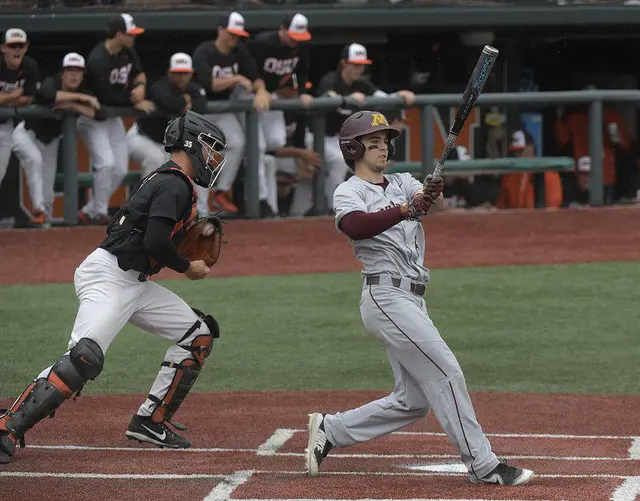University of Washington (UW) oceanographers are working with a company to develop a simple new technique that could track seafloor movement in earthquake-prone coastal areas.
The project aims to address the fact that deep below the ocean's surface, shielded from satellite signals, the gradual movement of the seafloor, including along faults that can unleash deadly earthquakes and tsunamis, goes largely undetected.
In reality, scientists know distressingly little about motion along the fault that lies off the U.S. Pacific Northwest coast.
The new project calls for using water-pressure sensors to measure gradual swelling of the seafloor over months to years. If successful, the innovative hack could provide new insight into motion along the Cascadia Subduction Zone, a convergent plate boundary that stretches from northern Vancouver Island in Canada to Northern California in the United States, and similar faults off Mexico, Chile and Japan.
The data could provide clues about what types of earthquakes and tsunamis each fault can generate, where and how often, according to a UW news release this week.
The concept began with a workshop in 2012 that brought together Jerry Paros, the founder of Paroscientific, Inc., a company based in Bellevue, Washington state, with UW geoscientists. Paros' company manufactures sensors used to measure pressure at the bottom of the ocean with high precision, which are used by the U.S. National Oceanographic and Atmospheric Administration, or NOAA, for its tsunami sensors.
The instruments can measure seafloor pressure, or the weight of water above the sensor, to an extremely precise fraction of a millimeter.
But the readings lose accuracy over time, and the error is proportional to the quantity measured.
On the ocean floor, where pressures are tens to hundreds of times that on the surface, the readings can change by 10 centimeters, or three inches, per year.
In between major earthquakes, this is much more than the seafloor might shift up or down due to tectonic forces.
Last year, engineers at the UW Applied Physics Laboratory modified an existing pressure sensor from Paros' company.
The sensitive quartz crystal that measures the seafloor pressure can now be connected to measure pressure inside its titanium instrument case, with a known pressure and another barometer to check the value.
The prototype instrument was attached in mid-June to a cabled seafloor observatory that lets researchers communicate directly with the instrument.
If the modified sensors can do the job, future work might place a network of them along Cascadia or other subduction zones, in which a seafloor plate plunges beneath a continental plate.
Measuring motion along different parts of these faults might answer questions about how and where a fault ruptures.
"We are trying to find a pattern of which areas are going up and which areas are going down, and how quickly, which can potentially tell us where the (Cascadia) subduction zone fault is locked," William Wilcock, a UW oceanography professor, was quoted as explaining in the release. "But we can't yet do that with a conventional pressure sensor."
(ASIA PACIFIC DAILY)
 简体中文
简体中文



